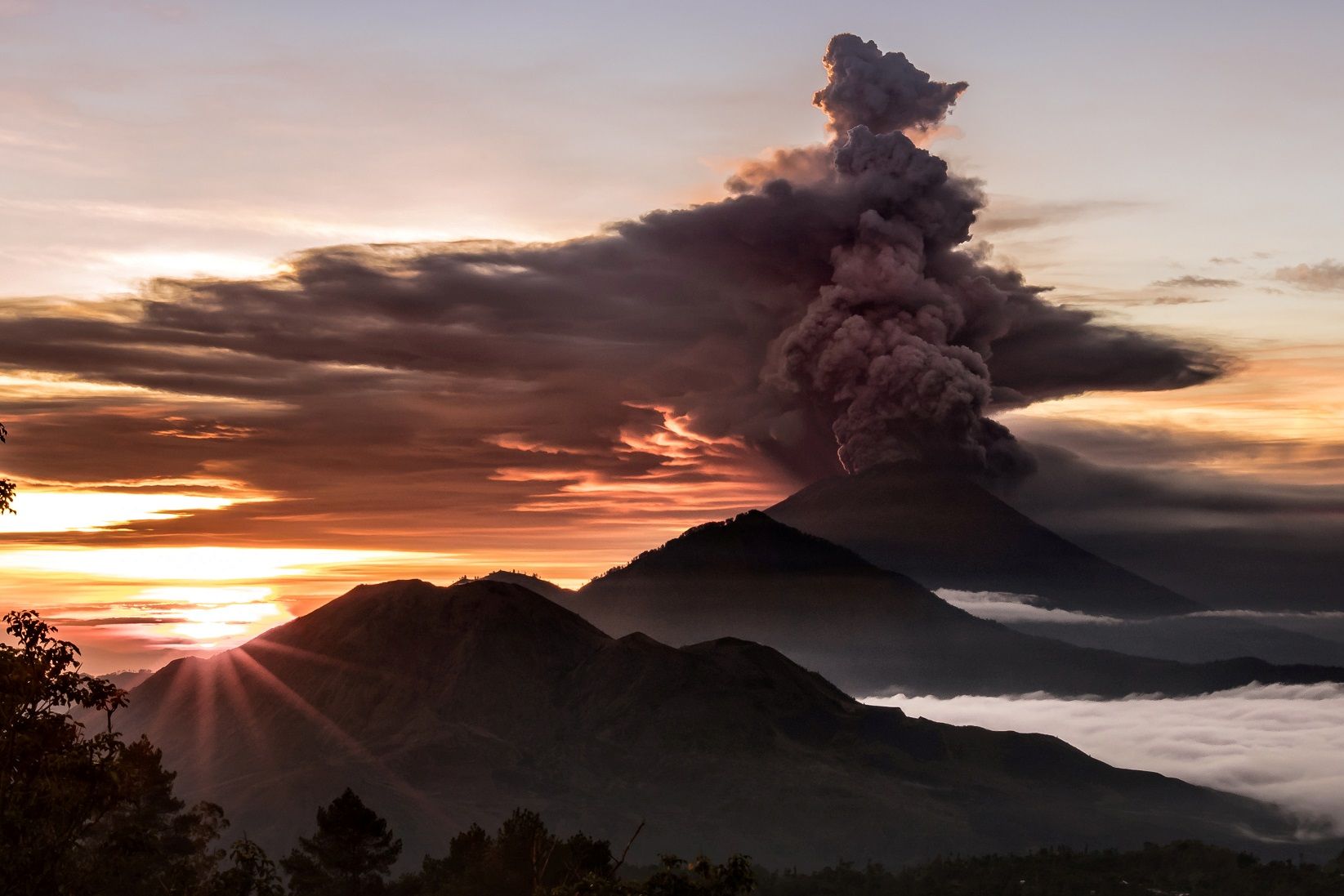
New research confirms that early, microscopic life on Earth is more than 3.5 billion years old. Scientists analyzing the fossilized remains of ancient microbes discovered that these life forms existed that long ago in the distant past, the oldest estimate yet for life on Earth. And the discovery could hold vital clues for finding life on other planets.
Related: Stunning Fossil Discovery Proves Life on Earth Began at Least 3.5 Billion Years Ago
The study, published in the Proceedings of the National Academy of Sciences, focused on microscopic, simple creatures that ate methane. The fact that they existed 3.5 billion years ago suggests abiogenesis—the start of life from non-life—took place even earlier. The researchers, from the University of California, Los Angeles, and the University of Wisconsin, suggested that the microbes might be the products of a billion years of evolution. For perspective, the entire earth is estimated to be 4.5 billion years old.
If life evolved so quickly after Earth formed, and in conditions very different from the ones we have today, could other, extreme planets be host to life as well? That's what astrobiologists, who study the possibility of nonintelligent extraterrestrial life, would like to know.
Astrobiologists spend a great deal of time understanding where life elsewhere in the universe may be found based on where it's found here. That's because there are plenty of space-like conditions here on Earth. For example, many research groups study extremophiles, or organisms that live in and like extreme conditions, with temperatures and levels of chemicals that humans would never be able to withstand. If these microbes can make it there, then perhaps they can make it anywhere in the universe—moons and planets with those same temperatures or chemical mixes, for example.
The areas surrounding hydrothermal vents in the ocean have plenty of life. Despite being extremely hot and existing at the bottom of the ocean, hydrothermal vents are home to bacteria, giant tube worms, clams and mussels. Those organisms are apparently unbothered by the complete lack of sunlight, despite the fact that most life on Earth either directly depends on sunlight to live or is somewhere up the food chain and therefore still requires sunlight.
Somewhere between 4.4 and 4 billion years ago, the Earth was in the Hadean, or "hellish" period. The atmosphere was made of helium and hydrogen, with no free oxygen, and it was too hot for water or ice to form. If life was forming at that point, it would have had to exist in an atmosphere that, for modern life, would have been impossible to live through.
The new fossil discovery proves that life could exist in those extreme circumstances. These ancient microbes expand the possible environments in which astrobiologists may find life.
With this new research into the origins of life, perhaps we can better understand the possibilities of life on other, extreme planets too. J. William Schopf, director of UCLA's Center for the Study of Evolution and the Origin of Life, said in a statement that the findings mean life may be more abundant elsewhere in our solar system or beyond than previously suspected.
Schopf and co-author John Valley, of the University of Wisconsin, are both part of the Wisconsin Astrobiology Research Consortium, funded by the NASA Astrobiology Institute. This NASA division is focused on studying the nature of life on Earth and beyond. The Consortium has conducted research to understand microorganisms living in the extreme conditions of Yellowstone, among other work.
NASA has a large division exclusively dedicated to astrobiology. Many researchers associated with the program are focused on understanding why Earth is habitable—including times and places like western Australia 3.5 billion years ago, where the fossil was from—in order to better understand whether and where to find life elsewhere.
This latest discovery makes that wishlist all the more likely.
Uncommon Knowledge
Newsweek is committed to challenging conventional wisdom and finding connections in the search for common ground.
Newsweek is committed to challenging conventional wisdom and finding connections in the search for common ground.
About the writer
Kristin is a science journalist in New York who has lived in DC, Boston, LA, and the SF Bay Area. ... Read more
To read how Newsweek uses AI as a newsroom tool, Click here.








